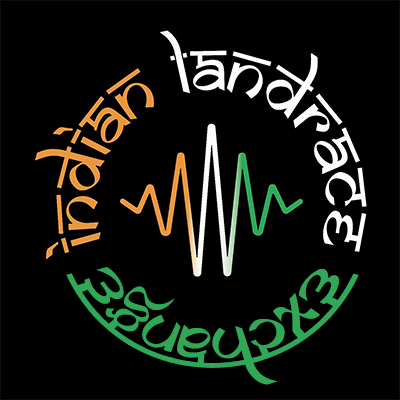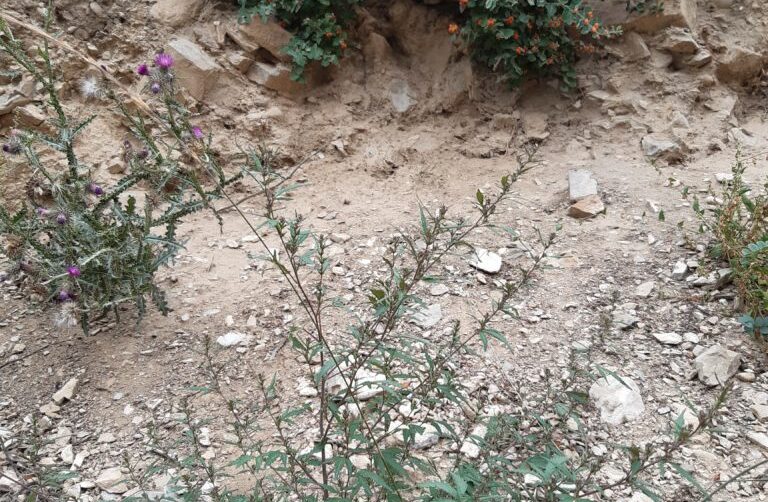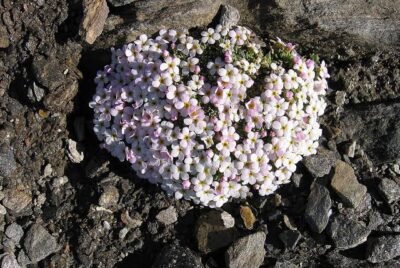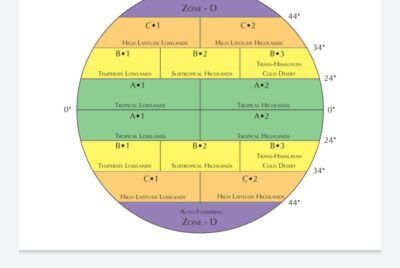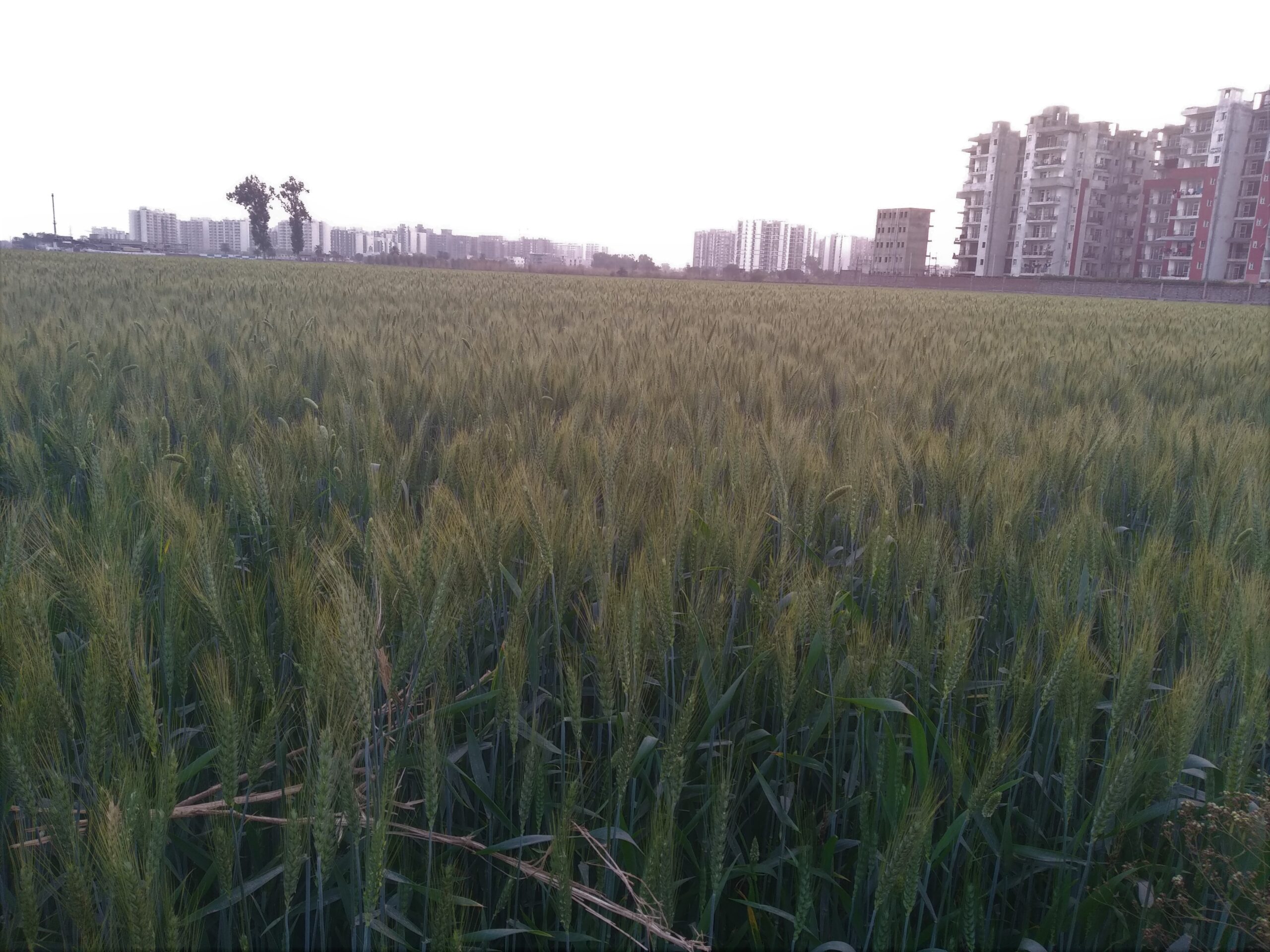1. Introduction – Chamoli district is situated in the mountainous state of Uttarakhand at the foothills of the northwest Himalayas in India. While a major land portion of Chamoli consists of monsoon-influenced subtropical highlands it also consists of 2 different High altitude cold desert zones, namely Niti valley at the southern Indo-Tibetian border and Mana pass region at the Indo-Chinese border.
Chamoli has been long accredited for boasting a high volume of plant species concentrated within smaller geographical areas such as NDBR (Nanda Devi biosphere reserve) and NDNP (Nanda Devi national park) both of these regions put together inhabits over 700 different species of plants belonging to various families.
In the long list of plant species, cannabis keeps coming up just about everywhere we go in the Chamoli district of Uttarakhand be it the monsoon influenced subtropical highlands at Urgam valley or the arid high altitude cold desert zones like Niti valley positioned in the rain shadow of the main Himalayan region cut off from the yearly monsoons.
Although the omnipresence of the natural cannabis populations in Chamoli district only becomes possible due to the excellent adaptability of the cannabis as a species in various environmental conditions. Here cannabis populations growing at considerably different terroirs express some typical physical adaptations which are favoured by the environment. There is a considerable amount of farmed and semi-domesticated varieties of cannabis being grown by the farmers in Chamoli however, our observations will be confined to the naturally occurring/primordial landrace varieties at distinctly different ecological habitats.
NOTE: NDBR – NANDA DEVI BIOSPHERE RESERVE NDBR BUFFER ZONE – NDBR REGION SITUATED IN THE RAIN SHADOW OF THE MAIN HIMALAYAN REGION (INDIAN TRANS-HIMALAYAS)



2. Naturally Occurring cannabis habitats in Chamoli (Uttrakhand)
North-west Himalayas contain a plethora of cannabis hotspots where cannabis can be seen growing naturally in a regenerative manner, unaffected by the direct human activities. Many of the tribal communities in Chamoli have known the importance of cannabis for a very long time and have farmed and domesticated it for multi purposes such as seed, fiber, oil, medicine etc.
However there still exists numerous cannabis populations in the wild which shows no signs of domestication or human impact at all. To carry out our observation we selected 2 distinctly different geographical regions within the Chamoli district separated by a distance of roughly 100 kms however, featuring 2 drastically different climate zones.

Urgam valley – Monsoon based -subtropical highland zone Urgam valley site : Devgram and Basa village Latitude : 30.34’37 N/ 79.25’22 E Altitude Range : 1800 – 2200 meters from sea level Climate : Subtropical Highland climate Avg.Humidity (April-November) : 60% +
While the valleys cannabis populations consists of some farmed Cannabis varieties as well, we traveled towards the south and outside of the valley in Devgram village to reach the wild cannabis populations growing without human impact as shown in the figure 1.0
The Naturally occurring cannabis populations in the Urgam valley grow in a relatively nutritious soil as the valley’s soil is naturally rich in minerals which fortifies the plant growth, evident through the robust agricultural crops growing within the valley.
The primordial cannabis populations in the valley expresses A tall plant with narrow leaf, long flowering (13-14 weeks) which grows multitude of branches with avg. to medium yield of loosely held/airy flower buds covered in small resin glands featuring a very sticky/gluey texture.
The leaflets are narrow and not characteristically deep serrated, the smells are not very intense but extremely sweet and mostly resembles tropical fruits or wildflowers.
The plants undergo at least a 3-4 weeks of pre flowering stretch period wherein the plant only stretches and increases the numbers of internodes rapidly to maximize the nesting sites for flowering buds. This is followed by a stage of rapid floral growth in the plant. The complete flowering period consists of 12-14 weeks varying (+/- 1 week) individual to individual amongst these naturally occurring populations of cannabis as shown in Fig. below.

The immediately surrounding mountains and the valley floor has a large relative altitude difference which can range from (1000 -2000+ meters), thus the mountains can receive the snowfall a bit earlier around December itself while valley doesn’t receive the snowfall until January or February. Apart from this short stint of snowfall the mountains stay covered in a mix of evergreen and alpine steppe vegetation with the help of the high precipitation around most of the year, aided by the spring rainfall and following heavy monsoon rains influencing the valley’s humidity levels from July to late September or October.

NITI VALLEY – Indian Trans Himalayan Zone or High Altitude cold desert Zone Niti valley site : Gamshali and Niti village Latitude : 30.77’ 76 N/ 79.84’ 12 E Altitude Range : 3400 – 3700 meters from sea level Climate : High altitude cold desert Avg. Humidity (April-November) : 45% or below
Niti Valley features zero farmed or domesticated cannabis populations since it is situated at the Southern Indo-Tibetian border and stays under a keen eye of the Indo-Tibetian border police.
We traveled inside both of the villages on foot and covered various areas such as dusty-rocky tracts, partial grassland and inside the village at the periphery of the agricultural fields.
The soil in the valley mainly consists of dust,rock,sand and silt similar to the High altitude – mountainous soil found in regions with low precipitation. Most of the plants seem to be growing in and around the village or at the periphery of the agricultural fields.
The naturally occurring cannabis populations in Niti and Gamshali express short statured to extremely compact plants that grow small leaves having narrow leaflets which are also characteristically deep serrated.


The flowering term is shorter wherein the plants seems to skip over the (pre-flowering stretch) period of 3-4 weeks and begin to produce floral bracts and stretch at the same time thus limiting the height of the plant to a maximum of 5 – 5 ½ ft. and finishing the flowering around 55-63 days i.e. (8-9 weeks). The flowers often express hues of purple and red colours around the floral bracts and leaves which are covered in dense layers of big resin glands, with a dry texture on touch. The yields range from negligible to small which can be in dense clusters or tiny dense clusters sparsely held together.


The cannabis populations in Niti and Gamshali undergoes the flowering period in consistently sub zero night time temperatures in an extremely dry and arid environment. Plants can be seen growing tucked to the ground in efforts to retain the moisture which is hard to come-by. The surrounding mountains and the valley floor has a lesser relative altitude difference which can range from (500 -1000 meters), thus the immediately surrounding mountains and the village receive snowfall around the same time which is in late September to early October. The surrounding mountains stay covered in snow from October to April. The bare dusty and rocky surface of the mountains is exposed to a dry and cool summer period during may to September. The vegetation in the valley consists of alpine steppe, dry alpine scrub and alpine stony deserts due to the extremely dry conditions at Niti valley, located in the NDBR* buffer zone which stays devoid of monsoon rains as it is positioned in the monsoon shadow of the main Himalayan region.


3. CONCLUSION The two regions mentioned and briefly studied above are situated inside the Chamoli district of Uttarakhand separated by a mere distance of 100 kms. However, the differences in the climate and the overall terroir are vast and have a significant impact on the physiology and floral elements of the cannabis species.
The difference in the flowering term seems to be potentially dictated by the length of the season which is different for both of the regions. Urgam valley doesn’t receive snow until the month of January while at Niti valley the season comes to a close around early October with the snowfall. It is generally observed that cannabis plants seems to produce less bract wise growth in regions with colder day-night temperatures but covered in dense and bigger resin glands. While a relatively warmer climate tends to produce bigger yields with smaller resin glands which are also less densely present on the flowers.
The prime difference in the terroir of Urgam valley and Niti valley is the amount of precipitation that these places receive annually. Urgam valley has a monsoon based sub tropical climate which is also cold due to the altitude and Niti valley in contrast features a very dry climate annually because of being deprived of the monsoon rains or any significant rainfall at all.
This vast difference in the terroir also translates into physical changes as the cannabis population documented in the Urgam valley grows tall and with large internodal distances in a very wet environment.
The cannabis populations documented at the Niti valley grows short, compact and tucked to the ground in an extremely arid environment, where dry air is capable of blowing the moisture away from plants with open or non-compact structure, the leaves are typically small with thinner blades and waxy cuticles to minimize the loss of water from transpiration.
Using the above observations we can effectively identify and segregate these two vastly different primordial Landrace cannabis varieties found within the Chamoli district of Uttarakhand.
